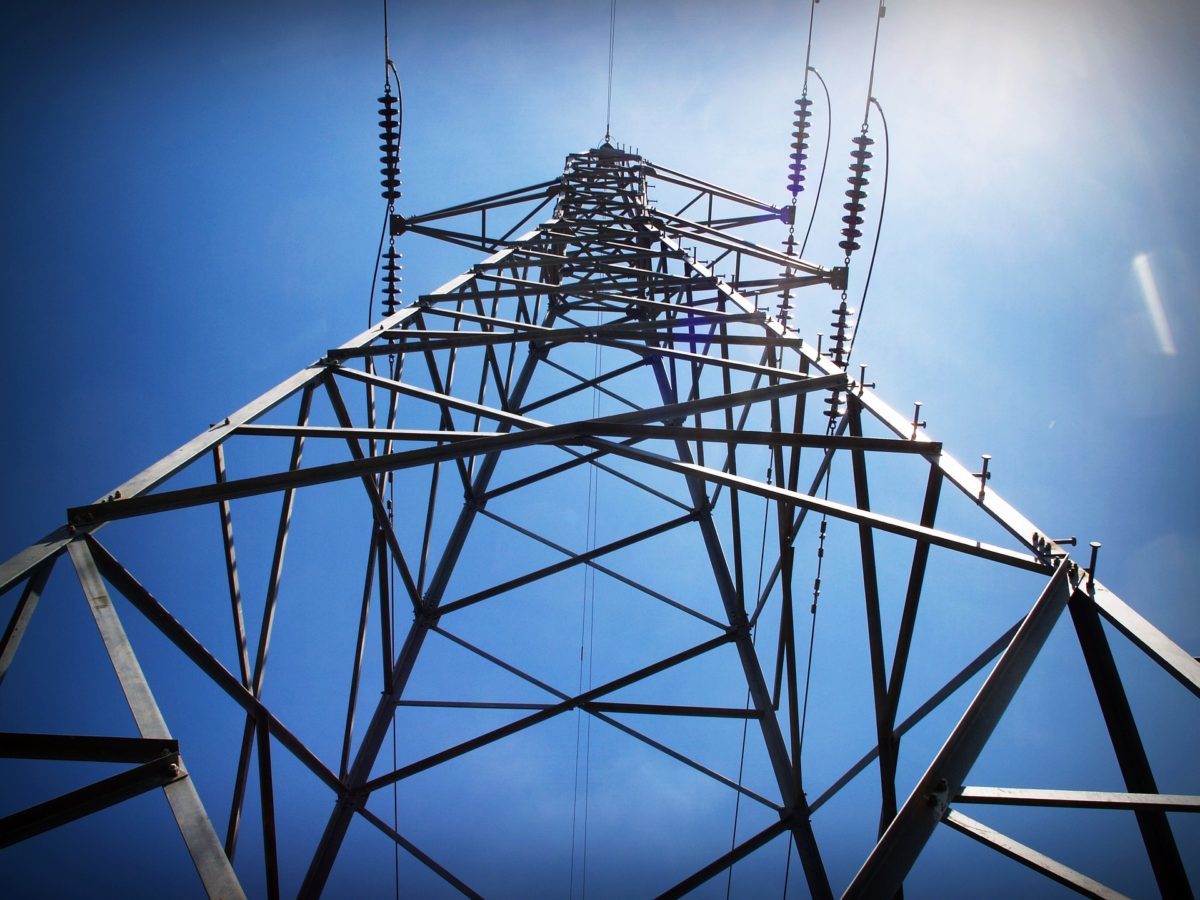With grid congestion and connection challenges in the spotlight, the Australian Energy Market Commission (AEMC) is looking to amend the National Electricity Market’s rules and improve the transparency of new generation projects. The network rule maker’s draft determination would allow the Australian Energy Market Operator (AEMO) to provide certain information to the developers of grid-scale assets to help avoid cost blowouts.
An unprecedented level of renewable energy projects’ connection inquiries is being placed with transmission network service providers and AEMO. According to AEMC, there are more than 50 GW of new wind and solar projects in development, which is roughly equivalent to the National Electricity Market’s (NEM) entire current capacity. Most immediately, an additional 5 GW of committed new solar and wind generation is expected to connect to the NEM by 2021. However, under current rules, broad visibility of these assets is limited by confidentiality obligations.
As a result, a number of utility-scale projects across Australia have suffered connection delays or unexpected dent in revenues, such as worsening Marginal Loss Factors (MLFs). Some projects have received massive blows with their output downgraded by more than 10% as a result of changes to MLFs. Last year, AEMO warned against significant curtailment for projects located in an area with not enough grid strength. In order to improve this, developers were faced with a choice of installing additional components, such as costly synchronous condensers, as done by Total Eren on the 256.5 MWp Kiamal Solar Farm in Victoria, or simply waiting for a network upgrade, which could take years.
Visibility is key
In an effort to address these issues, which top the list of developers’ concerns in Australia, AEMC previously started consultation on two rule change requests from Adani Renewables about how marginal loss factors are calculated and how intra-regional settlement residues are distributed. In its latest move, AEMC is trying to relax the confidentiality rule. According to AEMC Executive General Manager Security and Reliability Suzanne Falvi, the draft rule is a good outcome for both developers of new generation and electricity consumers.
“The smooth entry of these new generators relies on developers having up-to-date information about where and when other developers are proposing to locate generators to help avoid traffic jams in generation,” she said. “More efficient decisions on where to invest in new generation ultimately benefits consumers by promoting reliable supply at lower costs.”
Currently, as part of the grid connection process, developers provide transmission network businesses with key project information such as the type of generator proposed, the technology it uses, the maximum power it can generate, and the project’s timing. This information is then shared with AEMO. The draft rule promotes a two-way flow of information by allowing AEMO to send system information to different types of developers, while enabling key information about new projects to be shared with AEMO, and published on its website.
The AEMC’s draft rule also extends access to key technical information to certain types of developers who are not “registered participants”. This reflects the emergence of new business models where some developers are selling generators before connecting to the grid. The draft rule has been welcomed by AEMO.
“Australia is experiencing unprecedented transformation across the energy sector, including a large growth of new generators connecting to the grid,” said AEMO Chief System Design and Engineering Officer, Alex Wonhas. “This draft rule change will further help developers access the information they need to enable prudent investment decisions to participate in our energy future.”
The Commission will seek to implement the changes in stages by end February 2020. Submissions to the draft determination are due by September 12.
This content is protected by copyright and may not be reused. If you want to cooperate with us and would like to reuse some of our content, please contact: editors@pv-magazine.com.









By submitting this form you agree to pv magazine using your data for the purposes of publishing your comment.
Your personal data will only be disclosed or otherwise transmitted to third parties for the purposes of spam filtering or if this is necessary for technical maintenance of the website. Any other transfer to third parties will not take place unless this is justified on the basis of applicable data protection regulations or if pv magazine is legally obliged to do so.
You may revoke this consent at any time with effect for the future, in which case your personal data will be deleted immediately. Otherwise, your data will be deleted if pv magazine has processed your request or the purpose of data storage is fulfilled.
Further information on data privacy can be found in our Data Protection Policy.